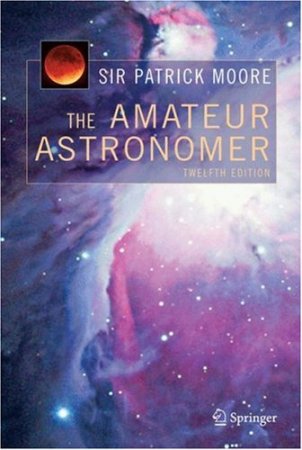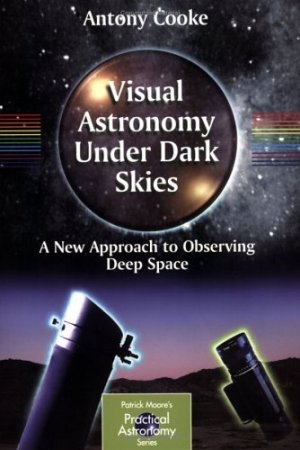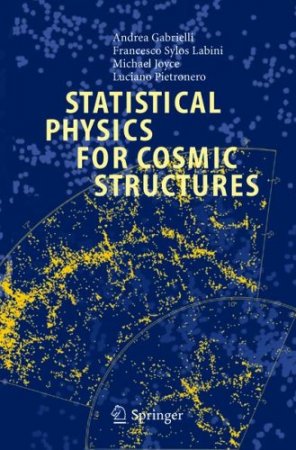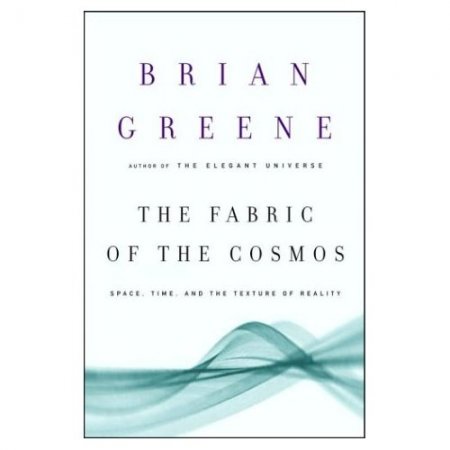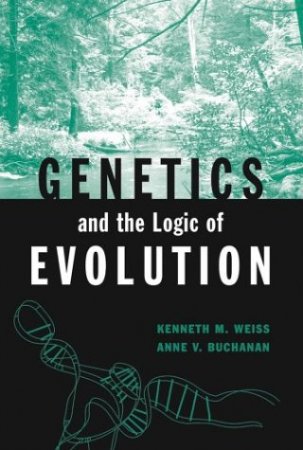НавигацияАрхив новостейСтатистика |
The Amateur AstronomerThis 2000 Edition of Sir Patrick Moore’s classic book has been completely revised in the light of changes in technology. Not only do these changes include commercially available astronomical telescopes and software, but also what we know and understand about the universe. There are many new photographs and illustrations. Writing in the easy-going style that made him famous as a writer and broadcaster, Sir Patrick introduced astronomy and amateur observing together, so that his reader gets an idea of what he is observing at the same time as how to observe. Almost half the book is Appendices. These are hugely comprehensive and provide hints and tips, as well as data (year 2000 onwards) for pretty well every aspect of amateur astronomy. This is probably the only book in which all this information is collected in one place. Visual Astronomy Under Dark Skies: A New Approach to Observing Deep SpaceModern astronomical telescopes, along with other advances in technology, have brought the deep sky – star clusters, nebulae and the galaxies – within reach of amateur astronomers. And it isn’t even necessary to image many of these deep-sky objects in order to see them; they are within reach of visual observers using modern techniques and enhancement technology. The first requirement is truly dark skies; if you are observing from a light-polluted environment you need Tony Cooke’s book, Visual Astronomy in the Suburbs. Given a site with clear, dark night skies everything else follows… this book will provide the reader with everything he needs to know about what to observe, and using some of today’s state-of-the-art technique and commercial equipment, how to get superb views of faint and distant astronomical objects. The Observer's Year: 366 Nights in the UniverseThis is a night by night account of the stars. For every night of the year Sir Patrick Moore gives the reader details of interesting objects that can be seen from earth. It is a book for people with a wide interest in astronomy, those who may not have specialized in a specific area of astronomy and wish to expand their knowledge in all areas. This second edition is updated for astronomical events through until 2010. Real Astronomy with Small Telescopes: Step-by-Step Activities for DiscoveryThis book is about using an 80mm refractor / 90mm Maksutov (such as a Helios 80 or Meade ETX90) as more than a "quick look" instrument, but rather something capable of use as an introduction to scientific observations. Emphasis is on measurement and discovery activities rather than on casual observing. There are two objectives to these activities: to re-enact the process of discovery and to provide amateur observers with the knowledge and skill that will help them make genuine contributions to the field of astronomy. Statistical Physics for Cosmic StructuresThe physics of scale-invariant and complex systems is a novel interdisciplinary field. Its ideas allow us to look at natural phenomena in a radically new and original way, eventually leading to unifying concepts independent of the detailed structure of the systems. The objective is the study of complex, scale-invariant, and more general stochastic structures that appear both in space and time in a vast variety of natural phenomena, which exhibit new types of collective behaviors, and the fostering of their understanding. This book has been conceived as a methodological monograph in which the main methods of modern statistical physics for cosmological structures and density fields (galaxies, Cosmic Microwave Background Radiation, etc.) are presented in detail. The main purpose is to present clearly, to a workable level, these methods, with a certain mathematical accuracy, providing also some paradigmatic examples of applications. This should result in a new and more general framework for the statistical analysis of the many new data concerning the different cosmic structures which characterize the large scale Universe and for their theoretical interpretation and modeling. From X-ray Binaries to Quasars: Black Holes on All Mass ScalesThis volume brings together contributions from many of the world's leading authorities on black hole accretion. The papers within represent part of a new movement to make use of the relative advantages of studying stellar mass and supermassive black holes and to bring together the knowledge gained from the two approaches. The topics discussed here run the gamut of the state of the art in black hole observational and theoretical work-variability, spectroscopy, disk-jet connections, and multi-wavelength campaigns on black holes are all covered. The Fabric of the Cosmos: Space, Time, and the Texture of RealityThe book is very valuable for conjoining a variety of different key theories that well-read readers probably encountered before - special and general relativity, quantum mechanics, and others. He improved my understanding by not discussing them in isolation, but by comparing and conjoining them, pointing our their triumphs and their shortcomings. Astronomically Speaking: A Dictionary of Quotations on Astronomy and PhysicsAstronomically Speaking: A Dictionary of Quotations on Astronomy and Physics serves as a guide to what has been said about astronomy through the ages, from the past to the present. Containing approximately 1,550 quotations and numerous illustrations, this resource is the largest compilation of astronomy and astrophysics quotations published to date. A quick glance through the table of contents illustrates the variety of topics discussed. Readers can quickly and easily access the wit and wisdom of several hundred scientists, writers, philosophers, poets, and academics using the comprehensive indexes. From Suns to Life: A Chronological Approach to the History of Life on EarthThis review emerged from several interdisciplinary meetings and schools gathering a group of astronomers, geologists, biologists, and chemists, attempting to share their specialized knowledge around a common question: how did life emerge on Earth? Their ultimate goal was to provide some kind of answer as a prerequisite to an even more demanding question: is life universal? The resulting state-of-the-art articles were written by twenty-five scientists telling a not-so linear story, but on the contrary, highlighting problems, gaps, and controversies. Needless to say, this approach yielded no definitive answers to both questions. However, by adopting a chronological approach to the question of the emergence of life on Earth, the only place where we know for sure that life exists; it was possible to break down this question into several sub-topics that can be addressed by the different disciplines. Genetics and the Logic of EvolutionIn this book the authors draw on what is known, largely from recent research, about the nature of genes and cells, the genetics of development and animal and plant body plans, intra- and interorganismal communication, sensation and perception, to propose that a few basic generalizations, along with the modified application of the classical evolutionary theory, can provide a broader theoretical understanding of genes, evolution, and the diverse and complex nature of living organisms. |
ПопулярноеКалендарь
ОпросОцените дизайн сайта
Немного рекламы |
|||||||||||||||||||||||||||||||||||||||||||||||||
